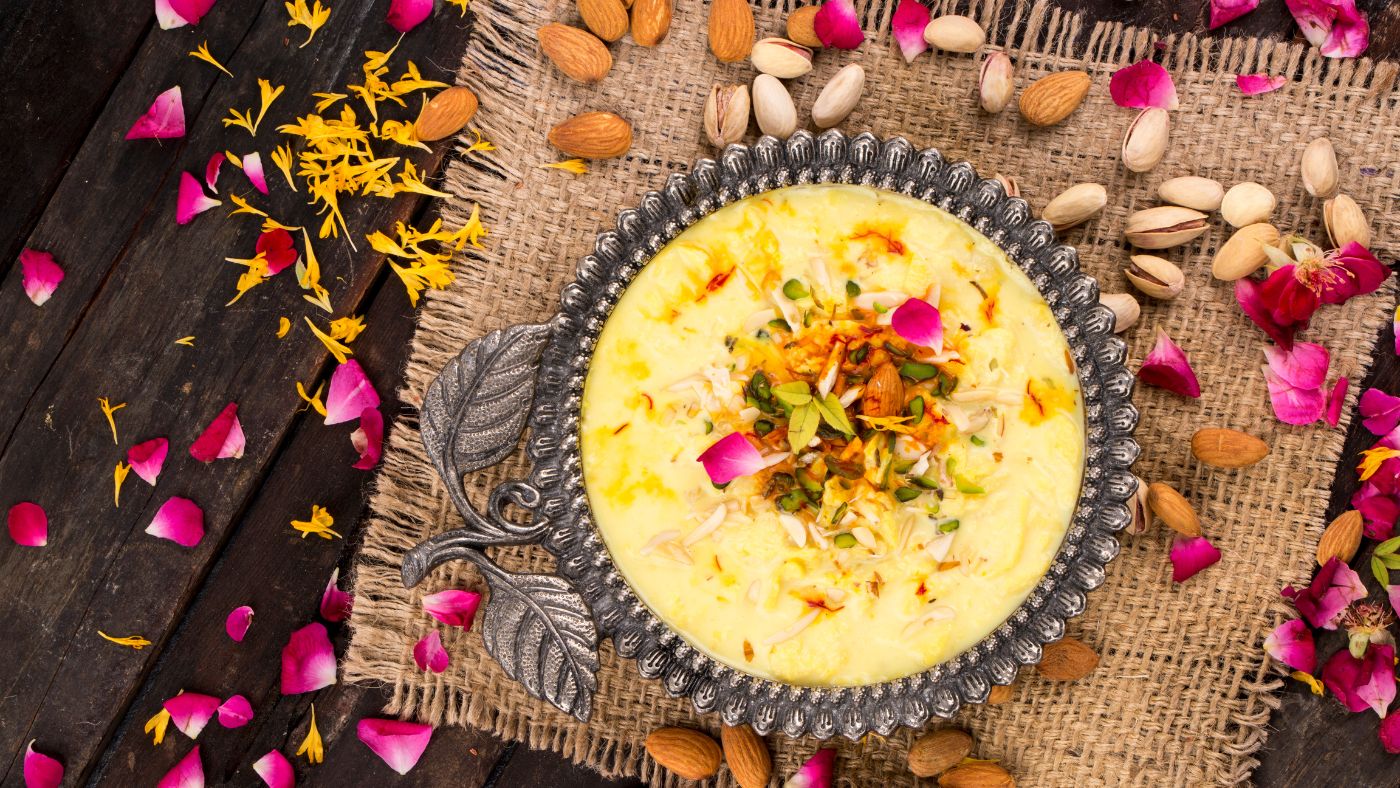Offer
Provide additional details about the offer you're running.

You’re sipping a cup of saffron‑rose tea as pink light lingers on the horizon. Each mouthful unfolds a fragrance that’s as ancient as it is comforting. In your bones, there’s a resonance: this feels timeless. What is the secret behind saffron and rose, and why do they make such a harmonious pair?
This article journeys through their cultural heritage, chemical synergy, scientific validation, and ritual use—because this duo deserves more than being a mere Instagram moment.
The rose, revered in Persian perfumery and ancient rituals, has long been paired with saffron in culinary and ceremonial use. Persian royals steeped rose petals and saffron threads in teas, lamb and rice dishes, or bridal baths as symbols of beauty, healing, and celebration. These traditions weren’t just poetic—they recognized a botanical synergy that supported emotional balance, digestive ease, and radiant skin. Even today, Persian confections like masghati pair rose water, saffron, cardamom, and pistachios—a flavor bridge across generations (source).
Saffron houses compounds like crocin, crocetin, and safranal—molecules that act not just as antioxidants, but also as neuroprotective agents and gentle mood regulators. Crocin and crocetin help combat oxidative stress and inflammation, while safranal interacts with calming receptors in the brain (source). Together, they shape saffron’s unique ability to both uplift and soothe.
Rosa damascena, the classic pink Persian rose, contributes flavonoids, polyphenols, and a delicate bouquet of aromatic oils. These compounds are known for their ability to calm nerves, relax the digestive tract, and even ease emotional tension (source). While the rose’s fragrance comforts the mind, its bioactive properties quietly work through the gut and skin, making it a gentle healer.
When saffron and rose are brought together, their actions don’t merely add—they multiply. Their combined chemistry enhances mood, soothes inflammation, and creates a full-body sense of calm that extends from the nervous system to the skin.
Modern science has begun catching up with tradition. Several studies confirm that saffron alone can help reduce symptoms of depression, anxiety, and stress, with efficacy comparable to low-dose prescription medications—but without the side effects (source). Meanwhile, rose extracts have shown promise in reducing anxiety and easing physical discomfort, particularly during menstrual cycles (source).
A 2021 study went further, combining saffron and damask rose in a single extract and testing its effects on metabolic health in animal models. The results showed improvements in inflammatory markers, blood sugar regulation, and overall vitality—suggesting these two botanicals may act more effectively together than alone (source).
Skin researchers have also noted saffron’s protective role in shielding the skin from UV damage and accelerating wound healing. Rose, rich in anti-inflammatory agents, offers support in calming irritated or sun-damaged skin (source). This blend is as beneficial to your skin as it is to your spirit.
There’s something sacred in preparing your own herbal infusion. The very act of combining saffron threads and dried rose petals in hot water becomes a meditative pause, an intentional act of self-care. Let a few saffron strands and a teaspoon of dried rose steep for five to eight minutes in hot (not boiling) water. As the aroma blooms and the color deepens into warm amber and pink, so too does your connection to centuries of tradition.
Of course, if you seek that ritual without the steps, Dorreen’s Saffron, Cardamom & Rose Herbal Tea offers this harmonious trio in a ready-to-enjoy form. Made with 5% pure saffron and carefully blended rose petals and cardamom pods, it delivers both the luxury and the wellness you seek—with none of the guesswork.
As the popularity of saffron and rose continues to rise, so does the market for adulterated or diluted versions. To experience the full effect of these botanicals, sourcing matters. Saffron should be uncut, hand-harvested, and rich in aroma—qualities most often found in strands grown in Iran's nutrient-rich soil. Rose petals should be food-grade, organically grown, and dried without chemical preservatives.
Fortunately, when used in culinary amounts—a few threads of saffron, a teaspoon of rose petals—both are considered exceptionally safe. It’s only in high-concentration supplements that dosage must be watched. But in the quiet act of drinking a cup of saffron and rose tea, you’re well within nature’s gentle threshold (source).
Saffron and rose are more than pretty ingredients. They are two of nature’s most elegant healers—botanicals that calm the mind, nourish the skin, support digestion, and elevate mood. When used together, they become something greater than the sum of their parts: a centuries-old ritual made modern again, one soothing cup at a time.
Make this blend your daily pause. And whether you steep it yourself or enjoy it in Dorreen’s carefully curated teas, trust that each sip offers more than flavor—it offers harmony.